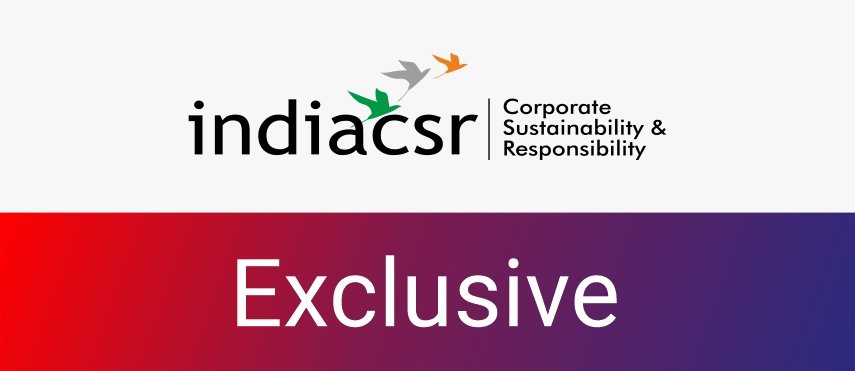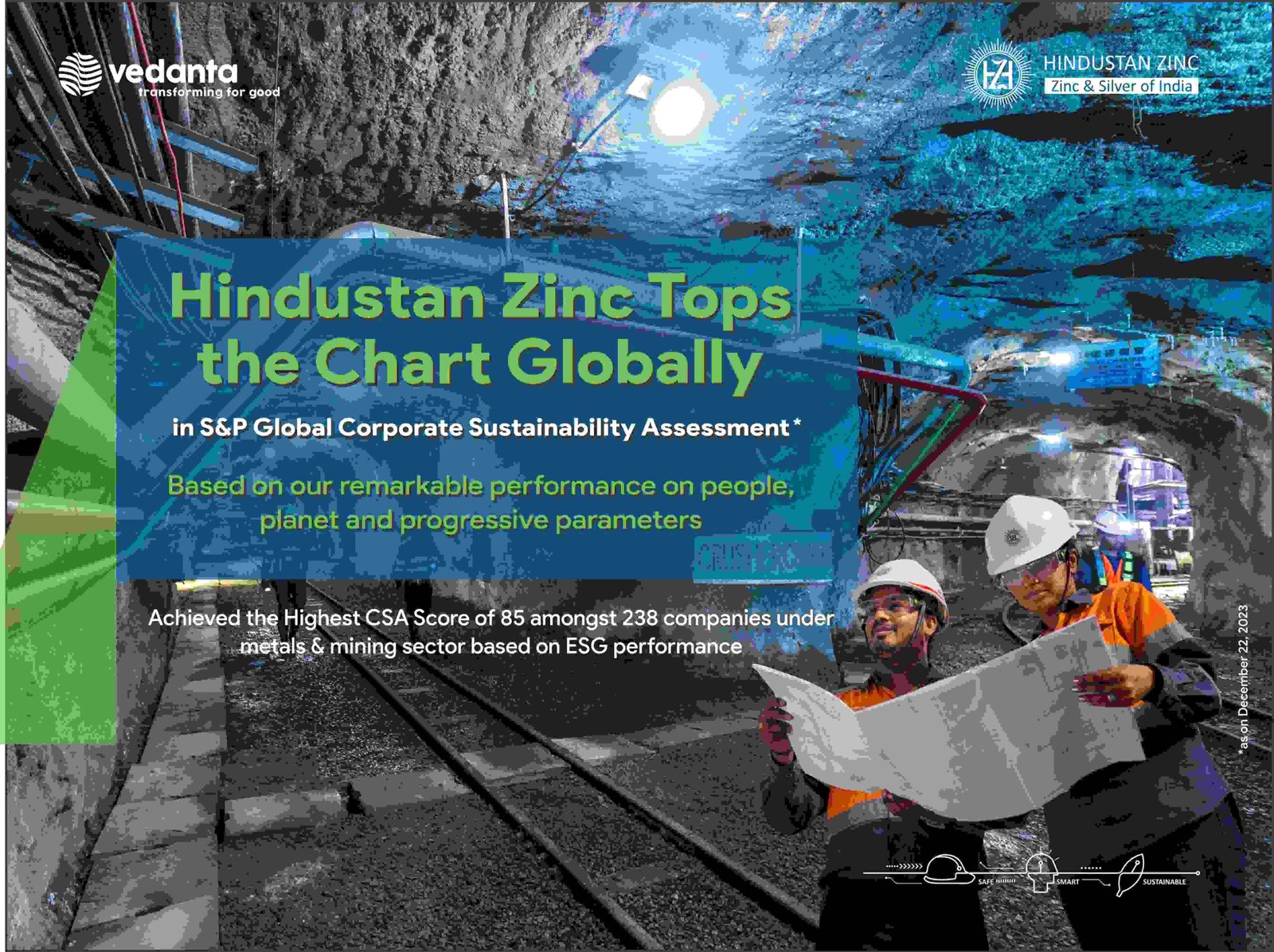
Words Abdul Rahman
Investors looking for a dynamic portfolio allocation to take advantage of market opportunities across various market capitalisations are increasingly choosing flexi-cap mutual funds. These funds, like Parag Parikh Flexi Cap Fund, stand out as attractive investment choices, with annualised returns exceeding 17% over the last ten years.
These funds are appealing options for investors hoping to attain long-term wealth appreciation. They have shown a reliable record of producing solid returns while navigating various market circumstances.
What is a Flexi Cap Mutual Fund?
One kind of mutual fund not limited to investing in businesses with a set market capitalisation is a flexi-cap fund. The prospectus for the fund will specify this kind of structure. The fund manager may have more options for investments and diversification with a flexi-cap fund.
Advantages of Flexi Cap Mutual Fund
Flexi-cap mutual funds offer many advantages. Let’s look at them below:
- Buying these funds may lower any risks attached to market fluctuations.
- It is excellent for fund managers as they can adjust the exposure with market capitalisation.
- These funds make it even easier for investors to balance their portfolios.
- These funds are significant for small investors as suitable stock investments are generally beneficial.
- These funds offer lower risk with higher returns.
Top 5 Flexi Cap Mutual Funds
| Flexi cap mutual fund | 5 year return | 10 year return | Fund sise |
| Quant flexi cap fund | 29.60% | 23.07% | INR 4616.85 Cr |
| Parag parikh flexi cap fund | 23.16% | 19.11% | INR 60,559.43 Cr |
| JM Flexicap fund | 23.75% | 20.8% | INR 1773.87 Cr |
| Kotak flexi cap fund | 15.35% | 16.96% | INR 45911.9 Cr |
| Franklin India Flexi cap fund | 18.36% | 17.16% | INR 14623.45 Cr |
- Quant Flexi Cap Fund
Fund Manager – Sandeep Tandon, Vasav Sehgal, Ankit Pande, and Sanjeev Sharma
Expense Ratio – 1.87%
Exit Load – 15 Days / 1%
NAV – INR 96.40
- Parag Parikh Flexi Cap Fund
Fund Manager – Rajeev Thakkar, Raunak Onkar, Raj Mehta, Rukun Tarachandani, and Mansi Kariya
Expense Ratio – 1.31%
Exit Load – 2% if redeemed within 365 days and 1% after 365 days
NAV – INR 75.83
- JM Flexicap Fund
Fund Manager – Satish Ramanathan, Chaitanya Choksi, and Gurvinder Singh Wasan
Expense Ratio – 1.98%
Exit Load – 1% if redeemed within 30 days and NIL after 30 days
NAV – INR 86.92
- Kotak Flexi Cap Fund
Fund Manager – Harsha Upadhyaya and Arjun Khanna
Expense Ratio – 1.48%
Exit Load – 10% if redeemed within 365 days and NIL after 365 days
NAV – INR 72.45
- Franklin India Flexi Cap Fund
Fund Manager – Janakiraman Rengaraju, Sandeep Manam, and Rajasa Kakulavarapu
Expense Ratio – 1.75%
Exit Load – 1% if redeemed within 365 days
NAV – INR 1410.92
Difference Between Flexi Cap Mutual Funds and Multicap Funds
The table below will show you the difference between these two kinds of mutual funds:
| Flexi Cap Mutual Funds | Multicap Funds |
| It is an open-ended, dynamic equity program with investments in businesses without market capitalisation. | Maintaining a diversified portfolio of large, mid, and small-cap industries is required. |
| It requires a min of 65% in equities. | This fund requires a minimum of 75% in equities. |
| This fund is free to invest in any market capitalisation with no mandates. | These funds are required to invest 25% in large, mid and small-cap industries. |
| Fund managers can only select stocks with specified market capitalisation. | Fund managers have the freedom to select any stock. |
| These funds can produce moderate returns as they are exposed to various securities. | They only invest in large, mid-, and small-cap stocks, which raises risks. |
Key Features of a Flexi Cap Mutual Fund
Listed below are some key features of a flexi-cap mutual fund:
- Diversification – These funds can switch from one segment to another if the fund manager feels the capital market is not performing. It offers diversification possibilities to the investors.
- Growth potential – These funds provide stability and growth as they can easily alter between capital markets and stocks. They invest in businesses with good balance sheets and track records.
- Flexibility – These are popular as their asset allocation is flexible. Hence, they are not restricted to allocating only large, mid, or small-cap funds.
Conclusion
Investors looking for a dynamic portfolio allocation to take advantage of market opportunities across various market capitalisations are increasingly choosing flexi-cap mutual funds. These funds are appealing options for investors hoping to attain long-term wealth appreciation. They have shown a reliable record of producing solid returns while navigating various market circumstances.
About the Author

Abdul Rahman is a prolific author, renowned for his expertise in creating captivating content for a diverse range of websites. With a keen eye for detail and a flair for storytelling, Abdul crafts engaging articles, blog posts, and product descriptions that resonate with readers across 400 different sites. His versatile writing style and commitment to delivering high-quality content have earned him a reputation as a trusted authority in the digital realm. Whether he’s delving into complex topics or simplifying technical concepts, Abdul’s writing captivates audiences and leaves a lasting impression.




























